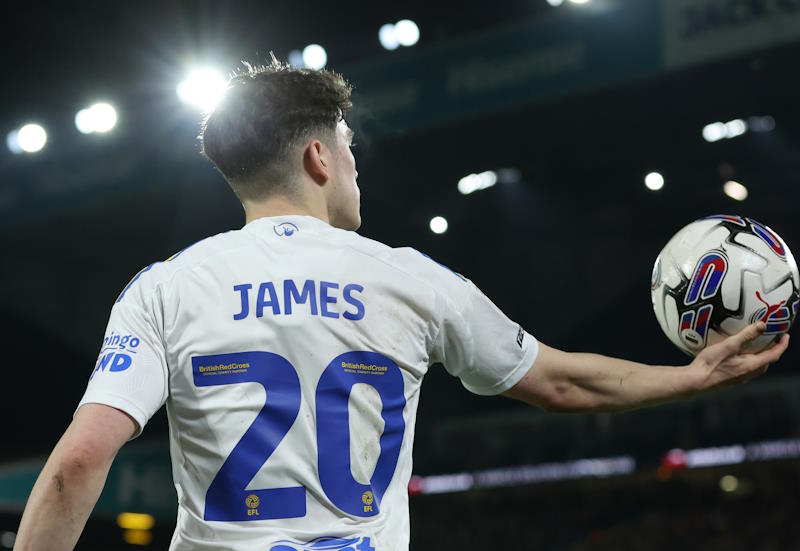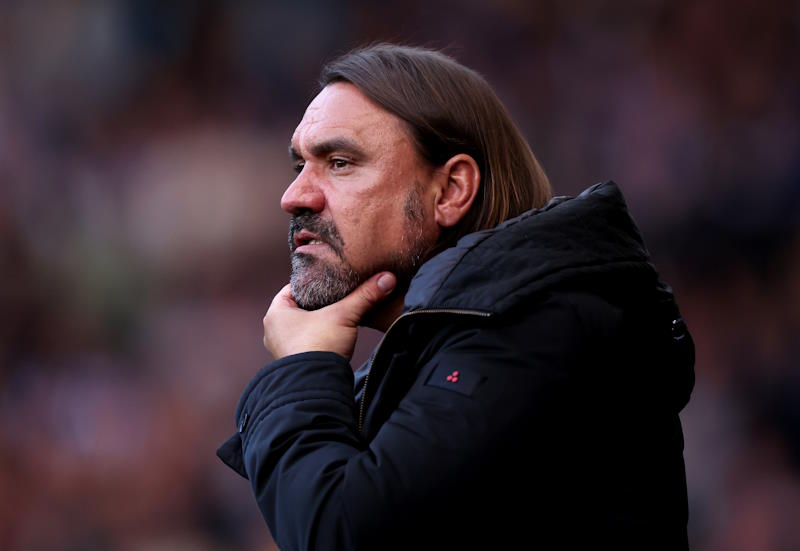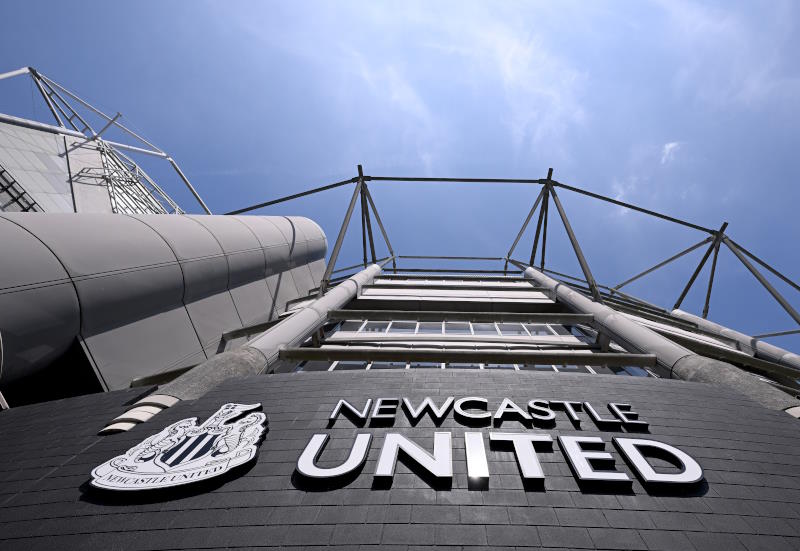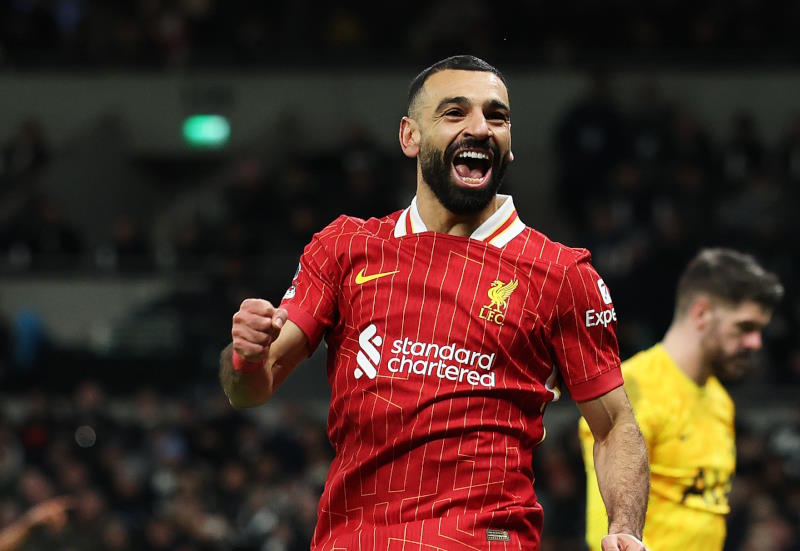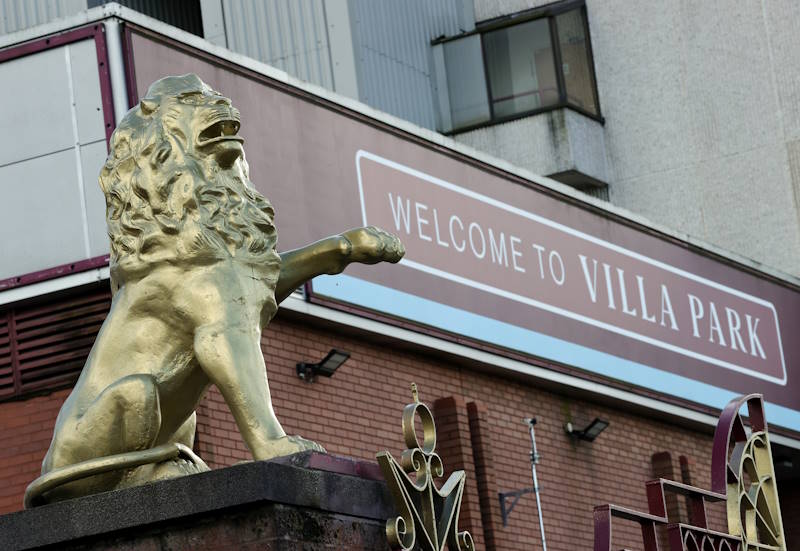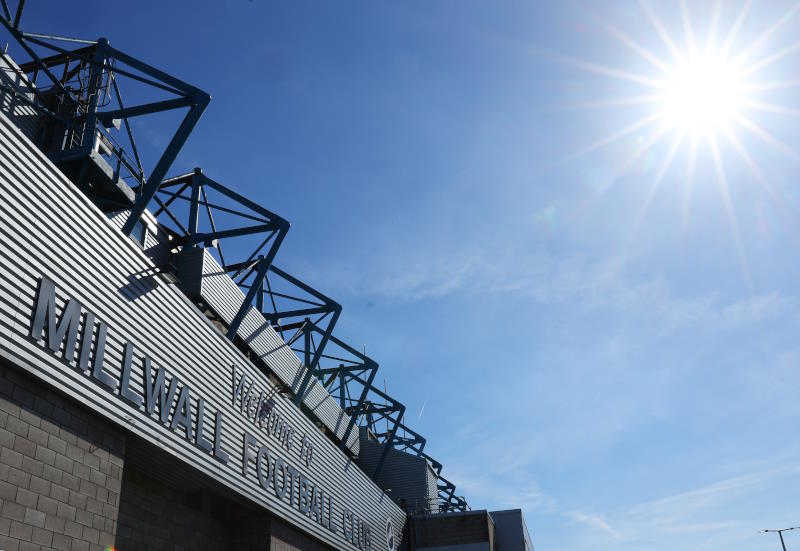
Artem Chobanian
In recent years Ukrainian football has begun to punch its weight at European level and hopes are high in the Eastern European country that this can continue. However, there are still many more years of development and change needed before Ukrainian football can consider itself truly professional.
One major obstacle to such progress does not actually lie with the country's top flight itself, but more with the fact that there is not a strong second tier to support the Premier League, no incubator to grow new sides that could eventually, perhaps, emerge as rivals to challenge established powers like Dynamo Kyiv, Shakhtar Donestk and Metalist Kharkiv.
The Ukrainian First League contains 18 clubs, and at first glance that should be enough for six or seven to have a chance of making the top flight and staying there. But the reality is that reaching the highest level of the domestic game and staying there is still but a dream for the majority of clubs in the country.
One peculiar thing in the First League is that many clubs' names often sound strange. This is mainly because the clubs are not professionally built organisations and thus lack the infrastructure and financial support to allow players not just to play football, but to make enough money to live from it.
At the time of writing the First League's top club is PFC Sevastopol. The PFC in their title is also shared with another team in the league, Alexandria. PFC stands for professional football club, but these words puzzle local pundits and fans alike. Clubs such as FC Lviv and FC Kharkiv boast much more recognisable titles, and since Lviv and Kharkiv have both been Premier League clubs, while Sevastopol and Alexandria have not, is the word professional really something which fits?
As it turns out, it is.
When both clubs found new owners who revived each of them with injections of cash, both PFC Sevastopol and PFC Alexandria stated their desire to build thoroughly professional organisations. Key to both clubs' plans for the future is the development of youngsters, building a homegrown side that can secure their place amongst the top 16 in Ukrainian football.
The initiative was widely praised, but studied closely too. If Sevastopol have a long history in the game, dating back many years, then Alexandria are the complete opposite, being formed soon after the collapse of the Soviet Union. Perhaps it is not unusual then that Sevastopol have achieved more in their quest to develop young talent: The club have their own childrens' school, Under-14, Under-15, Under-16 and Under-17 teams, who all enjoy their own facilities and compete against similar clubs across the country.
Alexandria meanwhile are just on their way to building a training base and school, but being from a town of just 100,000 people, the club need time and effort to realise their ambitions.
Several other First League sides have realistic dreams of taking a place in the Premier League, clubs like FC Lviv, Stal, Volyn and Helios. Others like Krymteplitsa, Dnestr, Niva, Energetik, Feniks-Illichevets, Zveda are constantly migrating between the First League and lower tiers. In fact, they are little more than amateur teams.
This is not surprising given Ukraine's stage of footballing development. It should be expected that the country's First League will have clubs at varying levels of development. But pressure is created within Ukraine through football authorities, pundits, fans and journalists constantly looking abroad and comparing their setup with others. And often they don't fare well.
At Premier League level, only half of the clubs can count on full stadiums for their home games. Clubs generally fail to market their games properly, the country lacks a true sporting attitude, and the national team's failures have caused some of the public to lose interest.
Historically Ukrainian football was enjoyed by the masses in the Soviet Union. Hundreds upon hundreds of films were made about the beautiful game and grounds were full with parents and children together with groups of friends. The atmosphere was one of warmth and the occasion enjoyed by all. Now however nothing of that remains.
Today's stadiums are filled with ultras, fans who come not just to enjoy the game, but also to drink, set off fireworks and often start fights, regardless of the result of the game.
In the First League, while big cities and regions like Volyn, can boast reasonable levels of attendance, many clubs play in front of very few fans. Grounds seating 3,000 supporters are often left empty.
As Ukraine's second tier heads towards its conclusion, the country's footballing authorities are faced with the fact that 90 per cent of the league's teams are either semi-professional or fully amateur – this is an issue Ukraine has yet to solve. With such a weak First League there seems little hope that new strong clubs can emerge to support and eventually improve the standard of the Premier League. At present the gap between the Premier League and First League is almost unbridgeable. All Ukrainian football must work together to ensure strength is not confined to merely the top level.
Perhaps PFC Sevastopol and PFC Alexandria will be important first steps.
Related Articles:
- – Shakhtar Coach Lucescu's Brazilian Obsession
- – Dynamo Kyiv Captain Artem Milevksy Must Raise Game
- – Under-19 Championship Win Shows Ukraine Future


